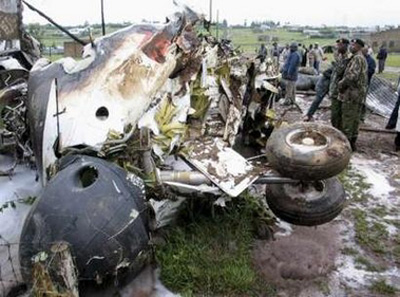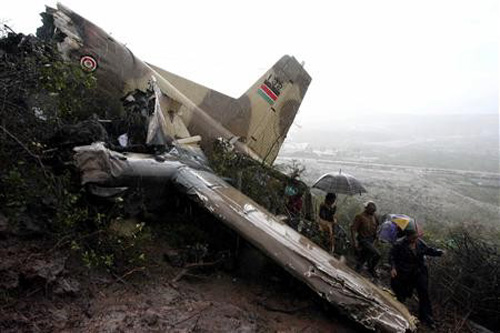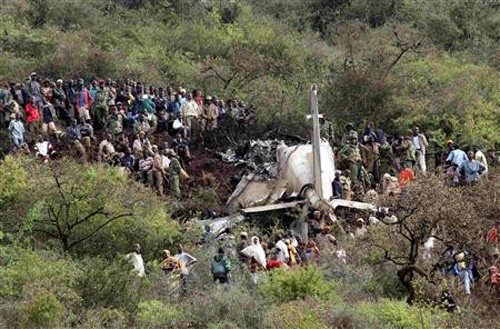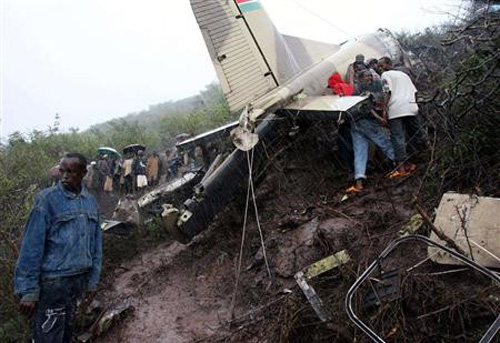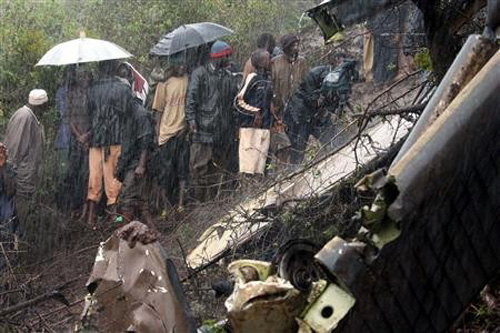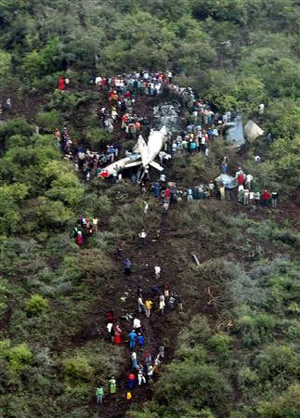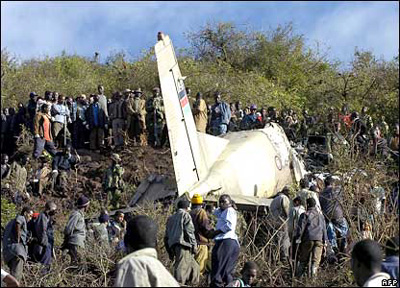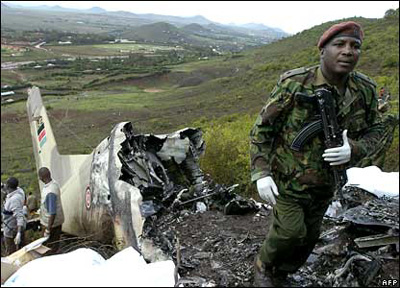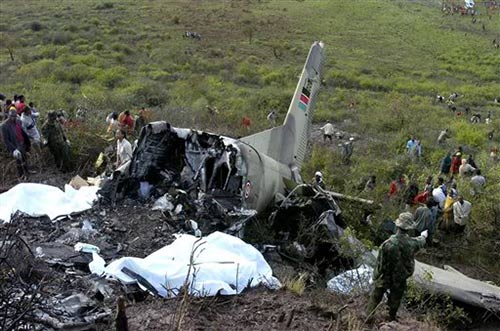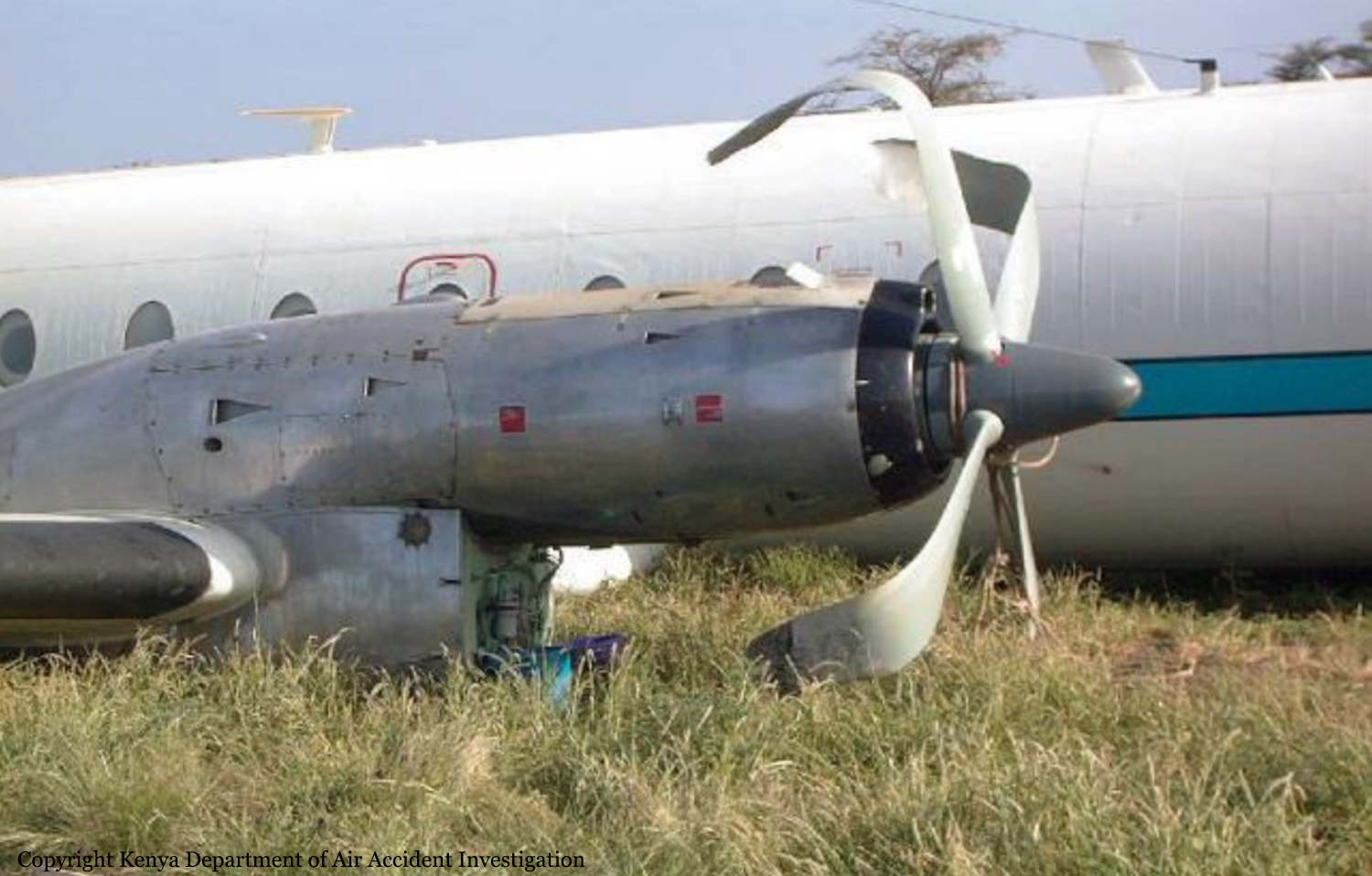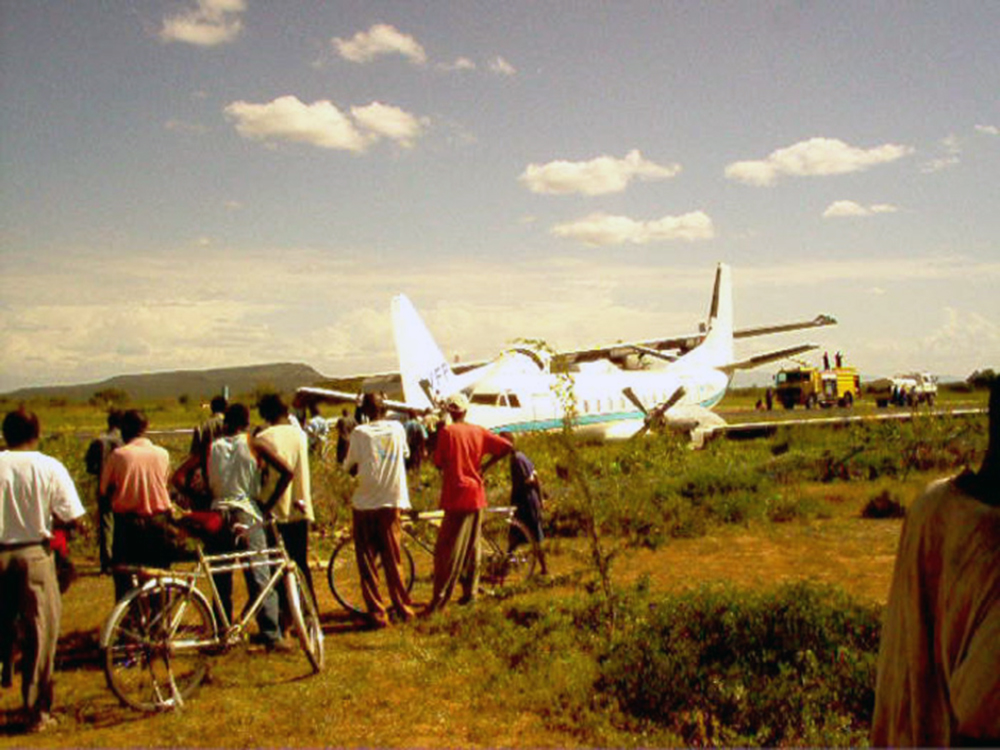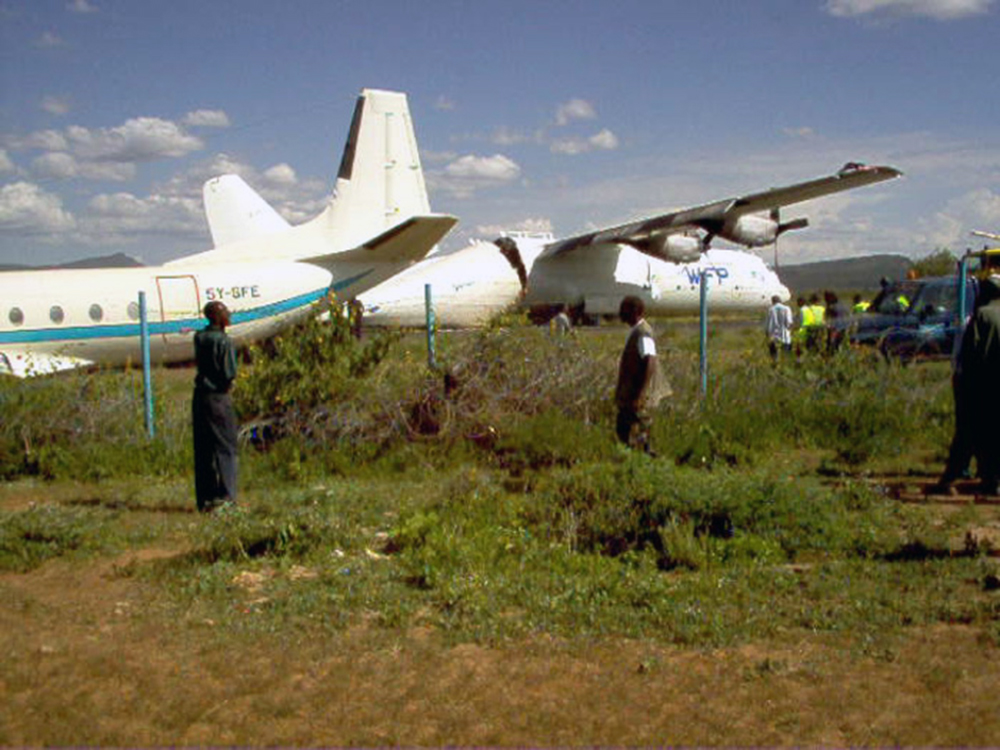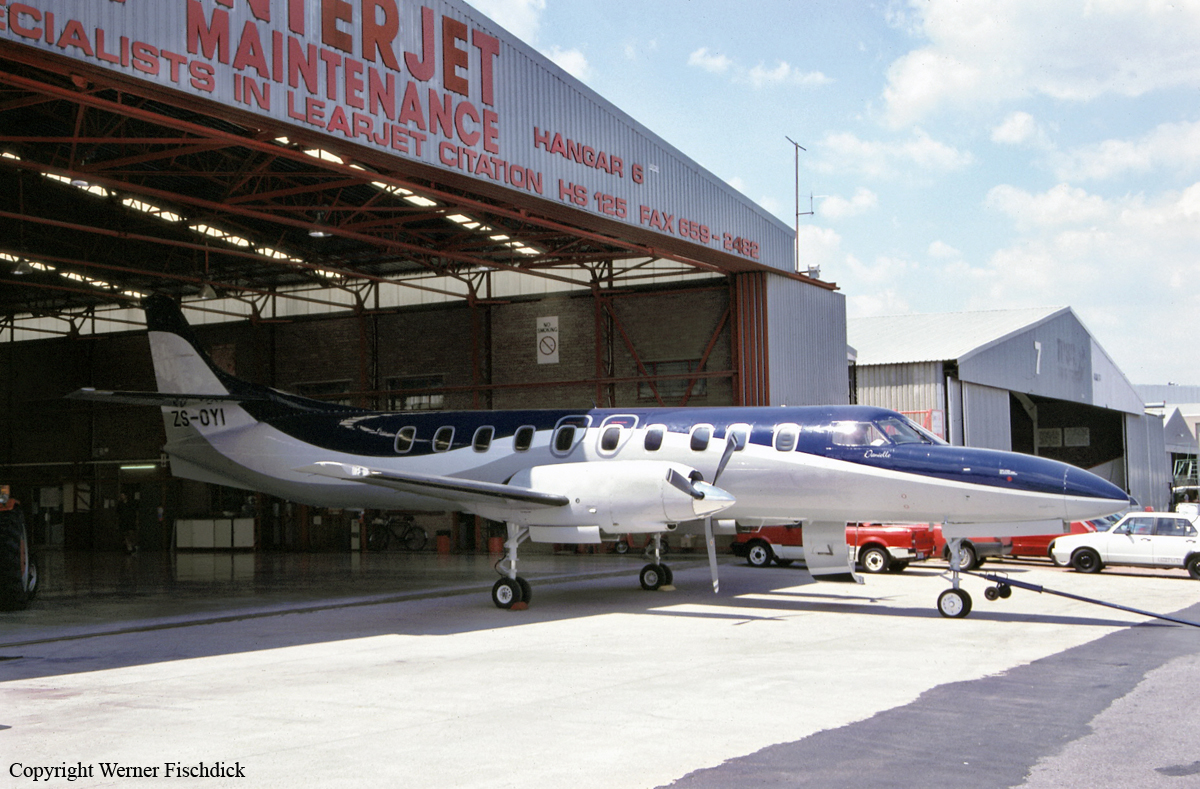Crash of a Let L-410UVP-E9 in Kichwa Tembo
Date & Time:
Jul 10, 2008 at 0820 LT
Registration:
5Y-VVB
Survivors:
Yes
MSN:
96 27 04
YOM:
1996
Crew on board:
2
Crew fatalities:
Pax on board:
11
Pax fatalities:
Other fatalities:
Total fatalities:
0
Circumstances:
During the takeoff roll, the copilot noticed abnormal parameters on the right engine and a possible failure. The captain confirmed and rejected the take off procedure. The twin engine aircraft was unable to stop within the remaining runway 08, overran, collided with a termite mound and came to rest 140 metres further on. All 13 occupants escaped uninjured while the aircraft was damaged beyond economical repair.



